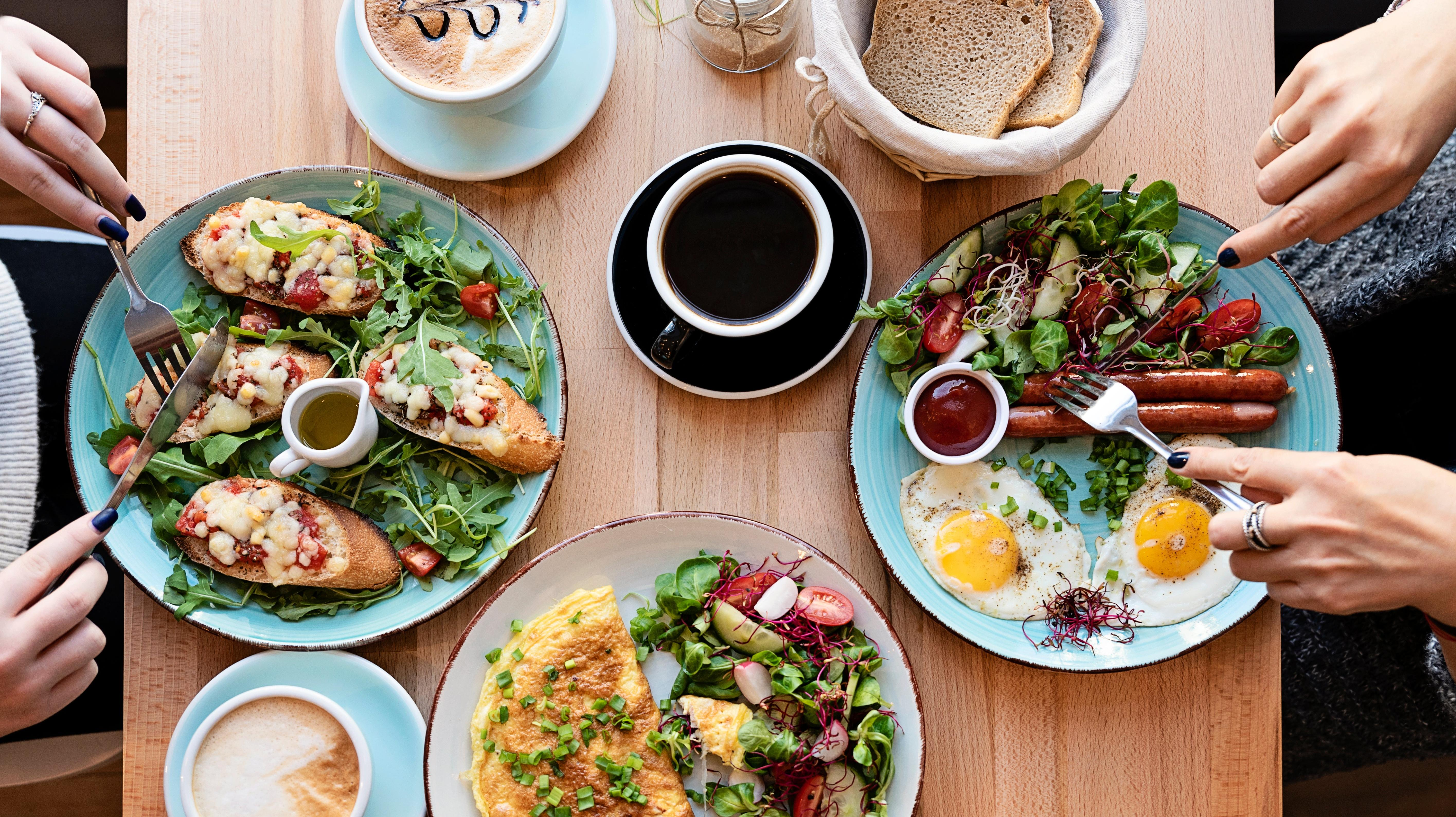As Restaurants Thrive, Dining Suffers
The restaurant industry has bounced back to pre-pandemic levels—but at a cost.
When the pandemic began, I was still at my former job as a restaurant cook. It was a surreal time, and I'll never forget how shutting down the line indefinitely after that last service felt. I was convinced I'd never cook in that kitchen again. After a few hairy months, we stoked the fire in the oven and made some really great pizza again. Fast forward to 2024, and you've probably noticed that the restaurant industry has made quite a comeback—but that revival comes at a cost.
The National Restaurant Association is projecting a sales record of $1.1 trillion this year. That is, by any metric, an incredible number—and by hitting an all time high, it's clear the restaurant industry has more than just rebounded. But that number might not seem to line up with the personal experiences you've had while dining out lately, and there's a reason for that.
Restaurant dining has changed post-pandemic
The Atlantic has taken a close look at how the restaurant industry has adjusted to post-2020 circumstances. On paper, at least, everything has reached what could be considered a form of normalcy: 12.3 million people worked in the restaurant industry prior to the pandemic, and today, around 12.3 million people again work in restaurants. Couple that with the potential 2024 sales record of $1.1 trillion, and things look fairly healthy.
But journalist Derek Thompson, writing for The Atlantic, says that all isn't quite as rosy as the numbers might indicate. The segment that's doing particularly well is chain restaurants, while independently owned, full-service sit-down establishments haven't bounced back yet.
Full-service restaurants haven't hired back the same amount of staff they had prior to the pandemic, and last year, around 4,500 more independently owned restaurants closed rather than opened. Sales for fast food and limited-service restaurants grew at twice the rate as sit-down joints between 2019 and 2023.
One very noticeable change among all restaurant dining patterns is that more people are simply ordering their food to go and not dining in as much. In fact, between drive-thru, carryout, curbside pickup, and delivery, the off-site segment of the business has grown to the point where it accounts for more business than dine-in for the first time ever. The only parts of the day that are growing in business are morning and late night, times when customers are likely commuting to work or heading home from the clubs, and those occasions require on-the-go meals, not sit-down ones.
That takeout habit is part of a larger trend: Since the pandemic began, people just don't seem to want to interact with each other much anymore. The New York Times discussed the rise of the drive-thru late last year, and though our appetite for a big entree someone else cooked for us might have sprung right back, it's possible that our collective desire to hang out in a room full of strangers hasn't.
One of my favorite things at my last job was the open kitchen I worked in. I could toss a pizza dough in the air for kids and curious adults if they came up to say hi to us (I was terrible at it), and customers often liked to watch me top and fire pies. But it sounds like if I were still working on the line these days, I'd be filling more boxes and saying hi to fewer diners.
